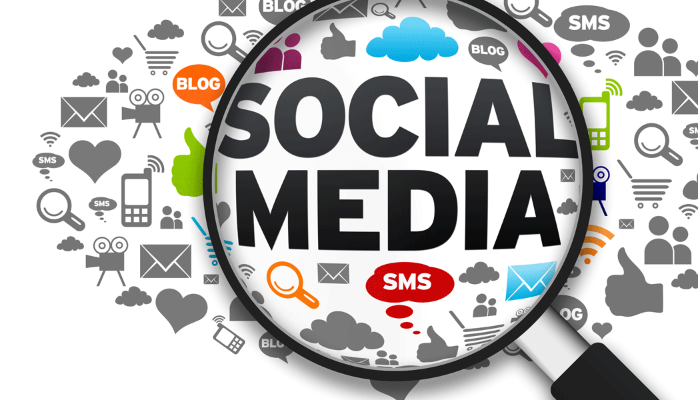 Crises can easily spread on social media and quickly damage your brand’s reputation. The smallest issue can rapidly gain momentum and get out of control. When a crisis erupts, there’s little time to react. If you are prepared, it’s much easier to manage your company’s reputation and come through a crisis unharmed.
Crises can easily spread on social media and quickly damage your brand’s reputation. The smallest issue can rapidly gain momentum and get out of control. When a crisis erupts, there’s little time to react. If you are prepared, it’s much easier to manage your company’s reputation and come through a crisis unharmed.
Experts urge following these steps to prepare for a crisis.
Employ a social media listening tool. Continually monitor your corporate and brand names for news and social media comments. Monitor competitors and keywords describing your industry niche to better understand market sentiment. “It’s hard to deal with a crisis you can’t find. You need some sort of social media listening software in your organization,” writes Jay Baer, president of Convince & Convert.
Prepare your team. A protocol for your team can establish who is in charge of monitoring social media, what they are listening for, and when they are listening. An internal alert and response flowchart, with up-to-date contact information, can inform staff which managers to alert in what circumstances.
Be everywhere. Because you cannot be certain where a crisis will erupt, it’s important to maintain a watch over all social platforms, even if you’re not routinely participating on the networks. For example, are you ready for a Pinterest crisis? It could happen.
Create a plan. Create a variety of scenarios and plans to respond to them. Make sure to circulate it within your organization. Everyone in marketing, PR, and sales should review it and have ready access to it.
Practice your plan. Creating a PR crisis response plan is one thing. Implementing it when a crisis does occur is quite another endeavor. You could even try running scenarios with your team, in order to test your preparation.
“Do not create a plan and put it on the shelf until you really need it. Plan, test, practice, evaluate, re-test, re-evaluate, evolve, etc. Social media changes and evolves so quickly, and you need to evolve with it,” says Rachael Rensink, manager of social marketing strategy and engagement at Delta Air Lines, in O’Dwyer’s.
Don’t be a silo. Tightly integrate social media with other parts of the organization. “I cannot express enough how critical coordination is with all teams involved and that social is just one of the pieces of an effective crisis communications plan,” Rensink says.
Plan to create standalone web page that will provide customers the latest information. In response to car crashes prompted by faulty ignition switches, General Motors created a special, stand-alone website that served as a hub of information. It contained FAQs about the recall, a step-by-step explanation of the problems and advice on where and how people could get help. Linking to the site on social media will save time and help prevent misinterpretation. While you obviously cannot write responses beforehand, you can work with designers to create a page template that’s ready to be filled with answers. In a crisis situation, legal advice may be necessary for website copy, but take care that the copy does not offend the audience with legalese.
A crisis center helps a business provide more context about any situation to the people involved,” advises Sofie De Beule, community manager and content specialist at Engagor, in a Social Media Examiner post. “It will also lighten the load on your social media channels.”
Create a place where people can vent. Building a place where people can vent, be it on your Facebook page, blog, or microsite, allows you to track conversations in a single venue, making them easier to track, Baer says. It also provides an early warning detection system for new dimensions of the crisis a place for customers to come to your defense. Besides, if you don’t provide a pressure relief valve, your enemies will attack on other venues where you have no control.
Measure reactions. Conducting media measurement produces real data on the extent or depth of the crisis – and on people’s reactions. Daily measurement data helps provide better insight into the real parameters of the problem and prevents any misimpressions that can result from informal review. Measurement can also identify changes in trend. Having your media measurement service on ready alert can assure rapid data development, measurement and insights.
Bottom Line: Preparation and social media listening are the keys for handling social media crises. By the time a crisis occurs, it will be too late for planning. You will only have time for reacting. Following these steps to develop a social media crisis plan will prepare your PR and marketing team for the inevitable crisis.
William J. Comcowich founded and served as CEO of CyberAlert LLC, the predecessor of Glean.info. He is currently serving as Interim CEO and member of the Board of Directors. Glean.info provides customized media monitoring, media measurement and analytics solutions across all types of traditional and social media.





Hi, William!
It is an excellent article with some great points that clearly explain the steps to develop the social media crisis plan. One of the best ways to avoid a critical situation is to be present everywhere. One must have an account on major social platforms like Facebook, Twitter etc. One more thing you can do is adding the social login to your website that helps registration by making users authenticate into a website by using their existing media account.